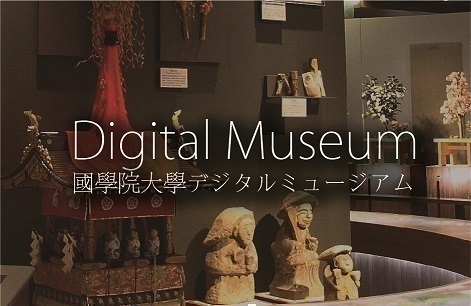- トップ
- Encyclopedia of Shinto
- Chōyō
Encyclopedia of Shinto
| Main Menu: | |
| Links: |
詳細表示 (Complete Article)
| カテゴリー1: | 5. Rites and Festivals |
|---|---|
| カテゴリー2: | Rituals in Daily Life |
| Title | Chōyō |
| Text | "The Chrysanthemum Festival." Held on the ninth day of the ninth month (September 9), this was another of the five seasonal feasts (gosekku) recognized and established by the Tokugawa bakufu. It is also generally known as kiku no sekku (the Chrysanthemum Festival). Because the number nine is the highest odd (Yang) digit, the Chinese thought the ninth day of the ninth lunar month to be auspicious and called it Chongyang ("double Yang"). They would sit outdoors drinking wine with chrysanthemum petals floating on the surface and wear pouches containing oleaster (gumi) to ward off evil. In Japan too, the date has long been considered auspicious; there is mention in the Nihon shoki of a banquet being held on this day in the fourteenth year of Emperor Temmu's reign (685). Chrysanthemum-petal wine and oleaster pouches subsequently make their appearances, just as in China. Another custom that developed was that of draping chrysanthemum blossoms with cotton cloth; this "chrysanthemum cloth" (kiku-wata) was then used to wipe the body as a ritualized wish for perpetual youth. This custom, however, died out at the end of the Heian period. As a folk celebration, the occasion fell during the period of relaxation following the end of the grueling harvest and was celebrated as a harvest festival known variously as okunchi and okunichi ("the ninth"). Giving chestnuts is also customary in some areas, and so the day is also sometimes called kuri-sekku. Many chōyō events are associated with chrysanthemums, and chrysanthemum fairs and so forth are held even to the present day. In the Kyushu region, many locales hold autumn festivals called okunchi, but they are not all celebrated on September ninth. — Yumiyama Tatsuya |




